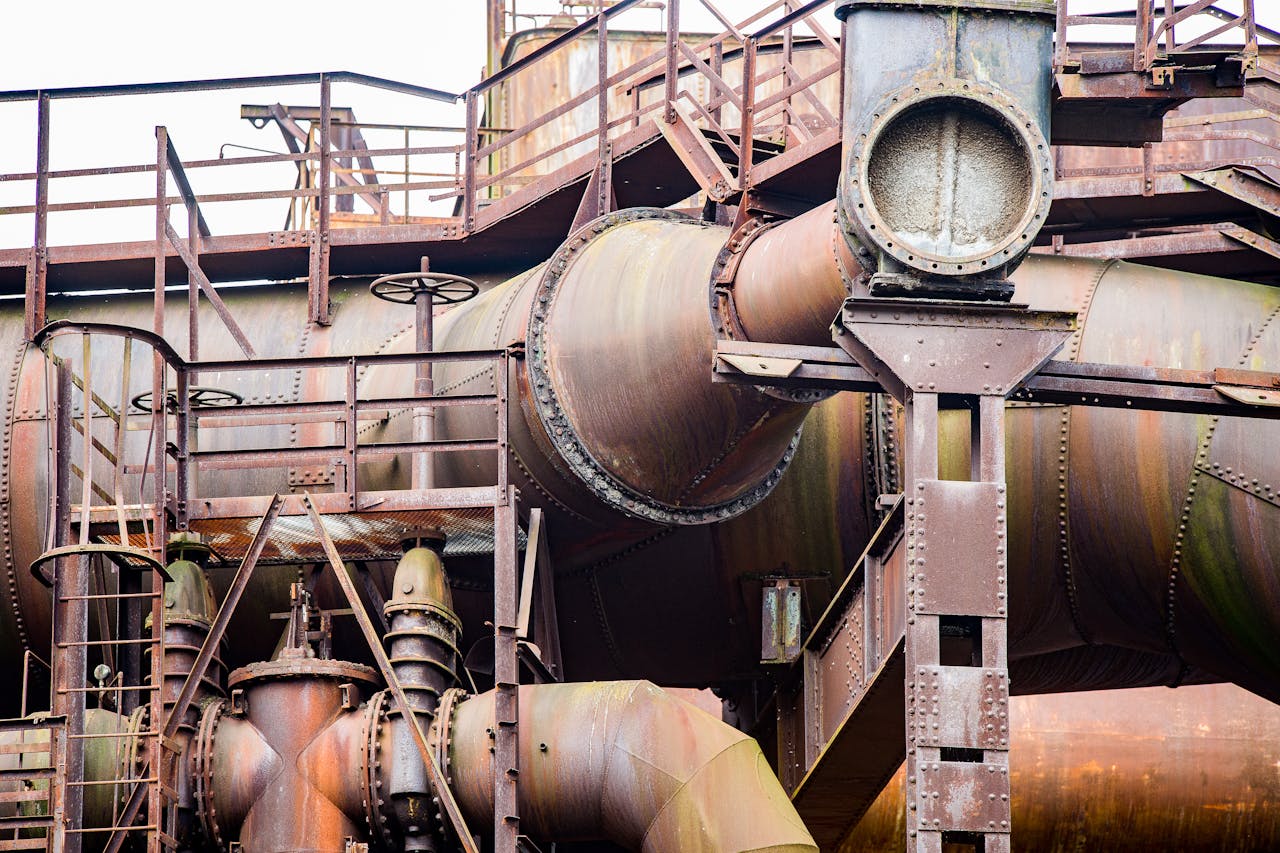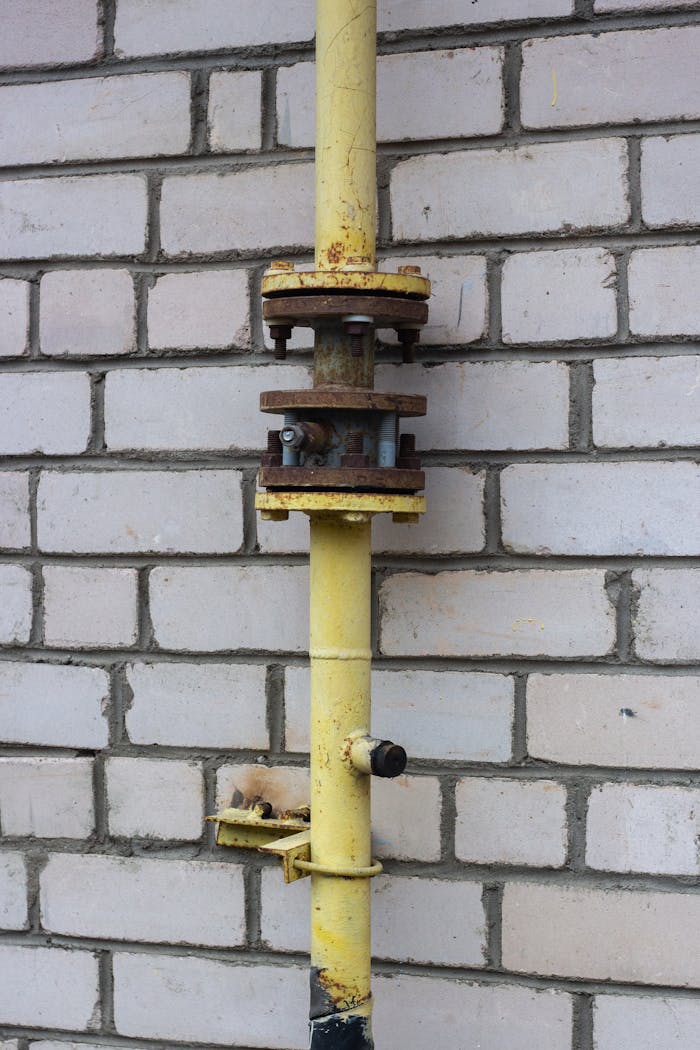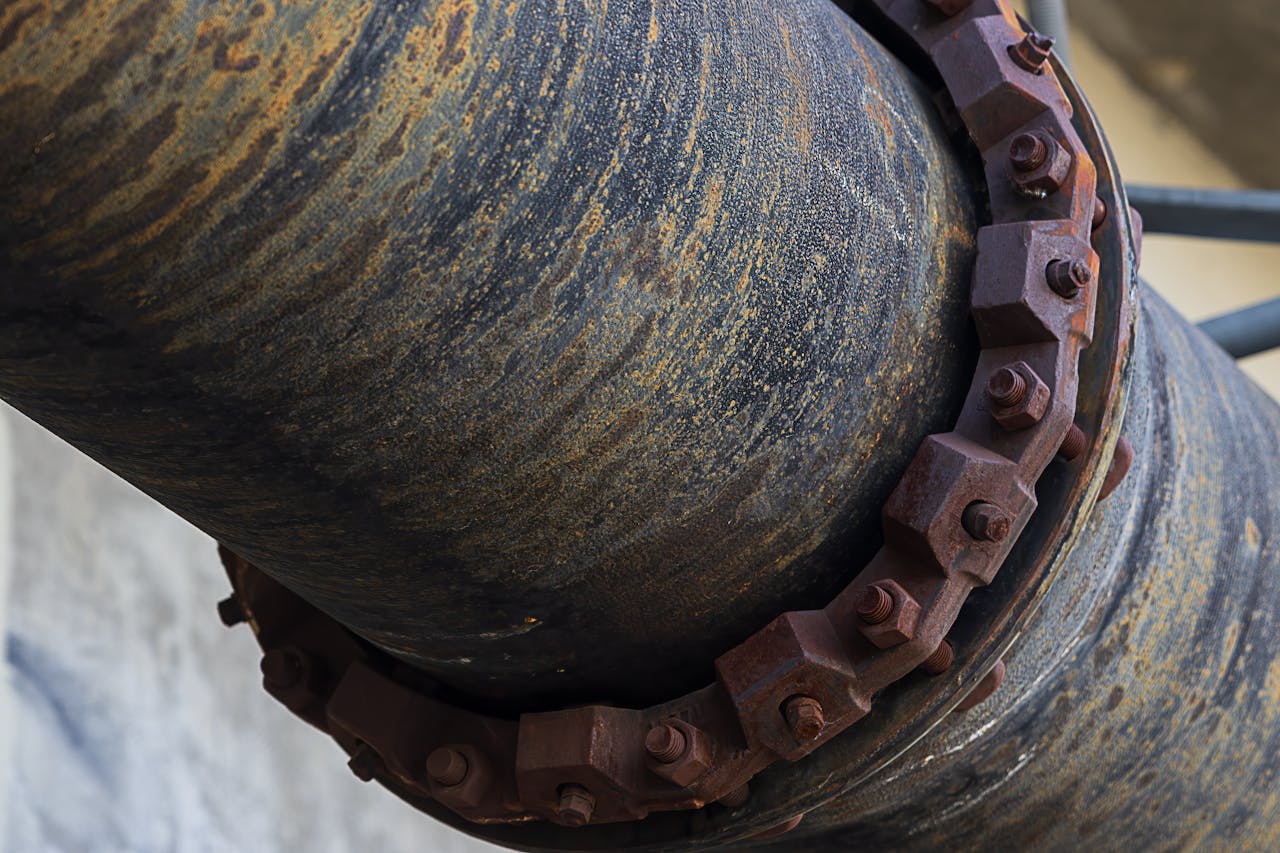China’s Steel & Pipe Fittings Export: Navigating the New Realities
Introduction
China remains the world’s largest steel exporter (63 million tons in 2023), yet faces unprecedented structural challenges. With carbon tariffs compressing margins and ASEAN competitors capturing low-end markets, Chinese exporters must engineer strategic pivots. This analysis dissects critical shifts and survival strategies for China’s $42 billion steel pipe and fittings export sector.
I. The Squeeze: Triple Pressure on Traditional Export Models
a) Carbon Walls Rising
• CBAM Bite: EU’s carbon border tax now covers 70% of China’s steel pipe exports. Basic oxygen furnace (BOF) pipes face €95/ton surcharges since 2024’s transitional phase, eroding China’s 12% price advantage. Mills without verified emissions data (e.g., lacking ISO 14686 certification) lose contracts even at lower bids.
• Green Premiums Backfire: While Baowu’s hydrogen-based steel commands 25% premiums in Europe, only 8% of Chinese mills can produce certified low-carbon fittings. Smaller exporters face 18-22% cost inflation to retrofit EAFs, making Vietnamese/Indian pipes cheaper for African projects.
b) Trade Fortresses Multiply
• ASEAN’s Duty Barrage: Vietnam imposed 34.5% anti-dumping duties on Chinese stainless elbows; Thailand’s new 22% safeguard tariff targets API 5L grade pipes. Chinese market share in ASEAN fittings dropped from 68% (2020) to 49% (2023).
• Americas’ Local Content Traps: Mexico’s 2023 energy reform mandates 65% local pipe content for PEMEX projects. Chinese mills now acquire Mexican tube mills (e.g., TPCO’s $240M acquisition) to bypass tariffs – but face 18-month re-qualification delays.
c) Nickel Resource Stranglehold
Indonesia’s nickel ore export ban (2020) caused Chinese stainless pipe costs to surge 40%. Despite Chinese investments in Indonesian smelters (Tsingshan’s Morowali Park), EU’s Carbon Tax now applies to “embedded emissions” of imported nickel – negating cost advantages.
II. Counterstrike: China’s Strategic Export Pivot
a) Value Over Volume
• Precision Engineering Shift: Top exporters like Tianjin Pipe now focus on niche alloys (super duplex UNS S32750 pipes) with 35% higher margins. Exports of OCTG with proprietary connections (e.g., TP-CQ) grew 210% in Middle East markets.
• Digital Trade Leverage: Alibaba’s “Carbon Ledger” platform verifies emissions for EU buyers, cutting certification time from 6 months to 3 weeks. Blockchain-tracked pipes from Ma Steel now command 8% premiums in Germany.
b) Nearshoring & Localization
• Knockdown Kits Strategy: Shandong Molong ships semi-finished pipe joints to Turkish free zones for final threading/coating, utilizing EU-Turkey customs union to avoid 25% duties.
• Merging into Value Chains: Valin Steel acquired German fitting manufacturer Benteler Distribution, converting “Made in China” into EU-originated products for energy projects.
c) Green Steel Gambit
• Hydrogen Hubs: Baosteel’s Zhanjiang plant now exports EAF-based pipes using Guangxi hydropower, achieving 0.9 tons CO2/ton steel – below EU’s 1.3-ton threshold. Buyers in Norway pay €120/ton carbon premium for certified shipments.
• Circular Economy Exports: Scrap-based rebar from Jiangsu Shagang meets UAE’s Green Aluminum standards, qualifying for 15% tax credits in Dubai construction tenders.


